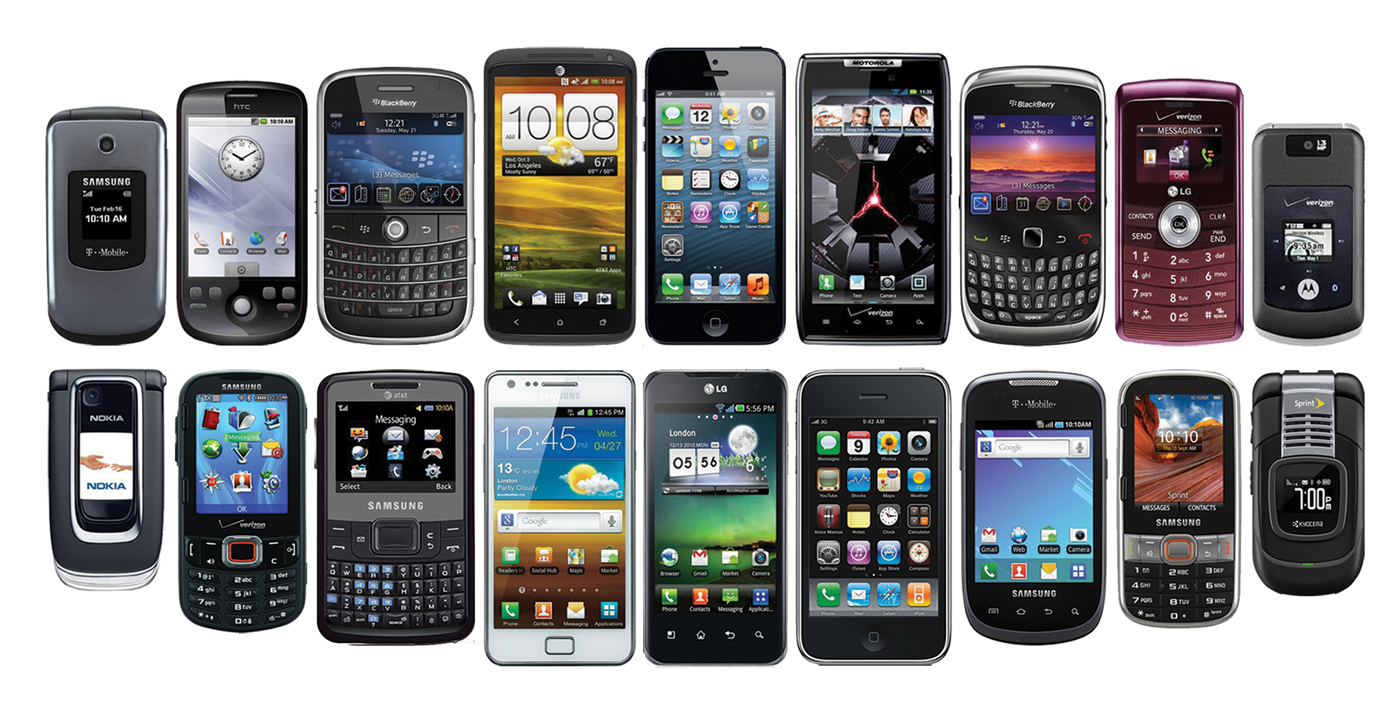Technology helps workers stay connected while away from the office, but often causes them to disconnect while in the office, leading to a negative impact on productivity.
According to a new survey by CareerBuilder, 1 in 5 employers (19 percent) think workers are productive less than five hours a day. When looking for a culprit, more than half of employers (55 percent) say that workers’ mobile phones/texting are to blame.
The national survey was conducted online by Harris Poll on behalf of CareerBuilder between February 10 and March 17, 2016, and included a representative sample of 2,186 hiring managers and human resource professionals and 3,031 full time, U.S. workers in the private sector across industries and company sizes.
More than 8 in 10 workers (83 percent) have smartphones, and 82 percent of those with smartphones keep them within eye contact at work. And while only 10 percent of those with smartphones say it’s decreasing their productivity at work, 2 in 3 (66 percent) say they use it (at least) several times a day while working.
“While we need to be connected to devices for work, we’re also a click away from alluring distractions from our personal lives like social media and various other apps,” said Rosemary Haefner, chief human resources officer at CareerBuilder. “The connectivity conundrum isn’t necessarily a bad thing, but it needs to be managed. Have an open dialogue with employees about tech distractions. Acknowledge their existence and discuss challenges/solutions to keeping productivity up.”
Wasting Time at Work
When asked to name the biggest productivity killers in the workplace, employers cited cell phones/texting, followed by the Internet and workplace gossip:
- Cell phone/texting: 55 percent
- The Internet: 41 percent
- Gossip: 39 percent
- Social media: 37 percent
- Co-workers dropping by: 27 percent
- Smoke breaks or snack breaks: 27 percent
- Email: 26 percent
- Meetings: 24 percent
- Noisy co-workers: 20 percent
- Sitting in a cubicle: 9 percent
The majority of workers with smartphones (65 percent) do not have their work emails on their smartphones. Of those who access their smartphone during work for non-work use, they spend their time on these non-work related sites during work:
- Personal messaging: 65 percent
- Weather: 51 percent
- News: 44 percent
- Games: 24 percent
- Shopping: 24 percent
- Traffic: 12 percent
- Gossip: 7 percent
- Sales: 6 percent
- Adult: 4 percent
- Dating: 3 percent
The High Costs of Low Productivity
Three in four employers (75 percent) say two or more hours a day are lost in productivity because employees are distracted. Forty-three percent say at least three hours a day are lost. Productivity killers can lead to negative consequences for the organization, including:
- Compromised quality of work: 48 percent
- Lower morale because other workers have to pick up the slack: 38 percent
- Negative impact on boss/employee relationship: 28 percent
- Missed deadlines: 27 percent
- Loss in revenue: 26 percent
- Negative impact on client relationships: 20 percent
More than 3 in 4 employers (76 percent) have taken at least one step to mitigate productivity killers, such as blocking certain Internet sites (32 percent) and banning personal calls/cell phone use (26 percent). Other efforts to mitigate productivity killers include:
- Schedule lunch and break times: 24 percent
- Monitor emails and Internet usage: 19 percent
- Limit meetings: 17 percent
- Allow people to telecommute: 14 percent
- Have an open space layout instead of cubicles: 14 percent
- Restrict use of speakerphones if not in an office: 13 percent
- Increase height of cubicle walls to make it easier to concentrate: 8 percent
The Craziest Non-Work Activities Workers Have Done On the Job
Employers were also asked to reveal the most unusual or most memorable things they have caught an employee doing when they should have been working. Some examples included:
1. Employee was working on a scrapbook.
2. Employee was decorating a cubicle with chains of paper clips.
3. Employee brought her equipment for her embroidery business from home and was making items for a craft show to sell.
4. Employee was doing doughnuts in the parking lot in the snow.
5. Employee brought in a kitten she found outside and tried to keep it quiet within a large purse.
6. Employee was working on her child’s school project that included uncooked macaroni noodles.
7. Employee was laying on a patient’s bed talking to the patient while the patient sat in her wheelchair
8. Employee was watching YouTube videos of people shoving marshmallows in their mouth.
9. Employee was doing some personal grooming in the break room.
10. Employee was searching on craigslist for dates.
Thanks for reading CPA Practice Advisor!
Subscribe Already registered? Log In
Need more information? Read the FAQs
Tags: Firm Management, Small Business




